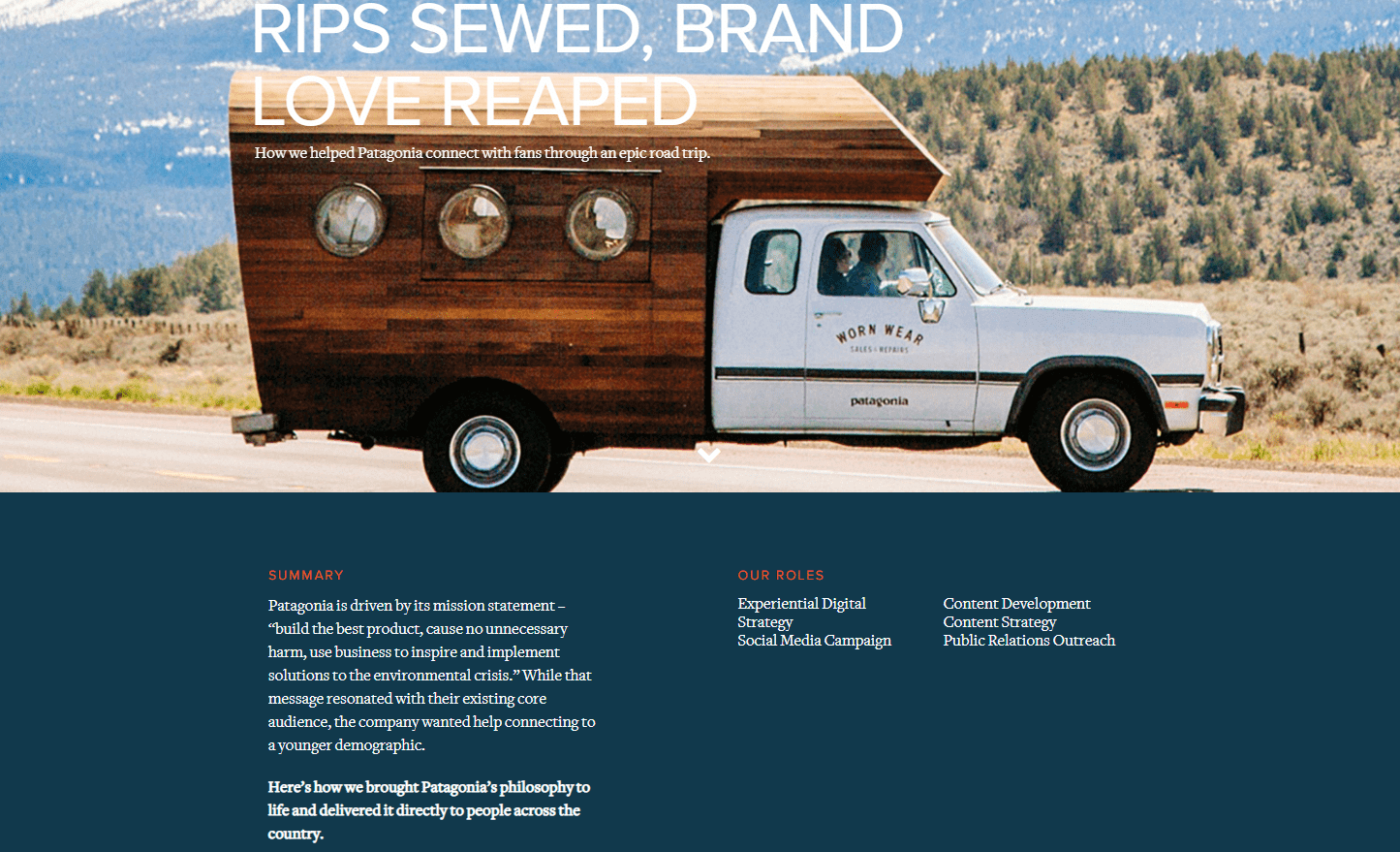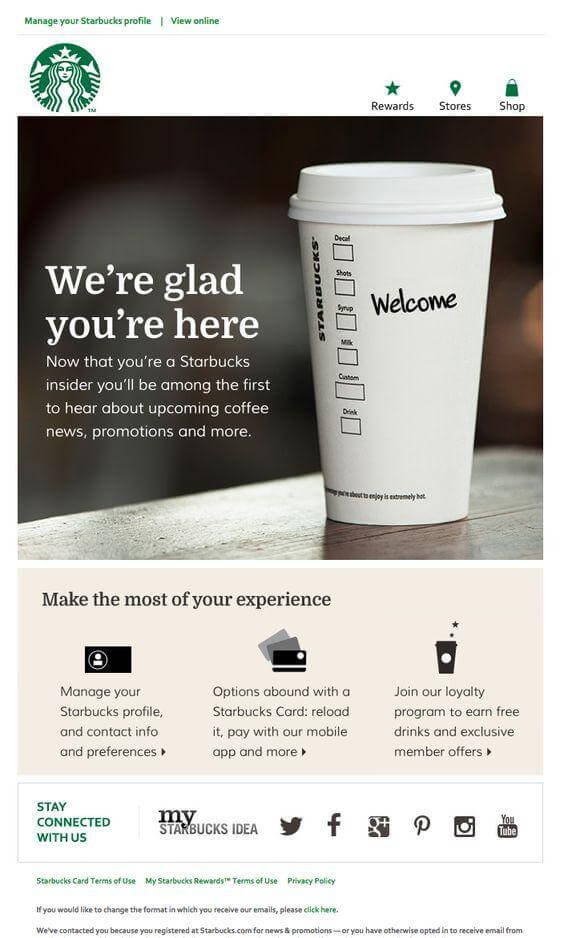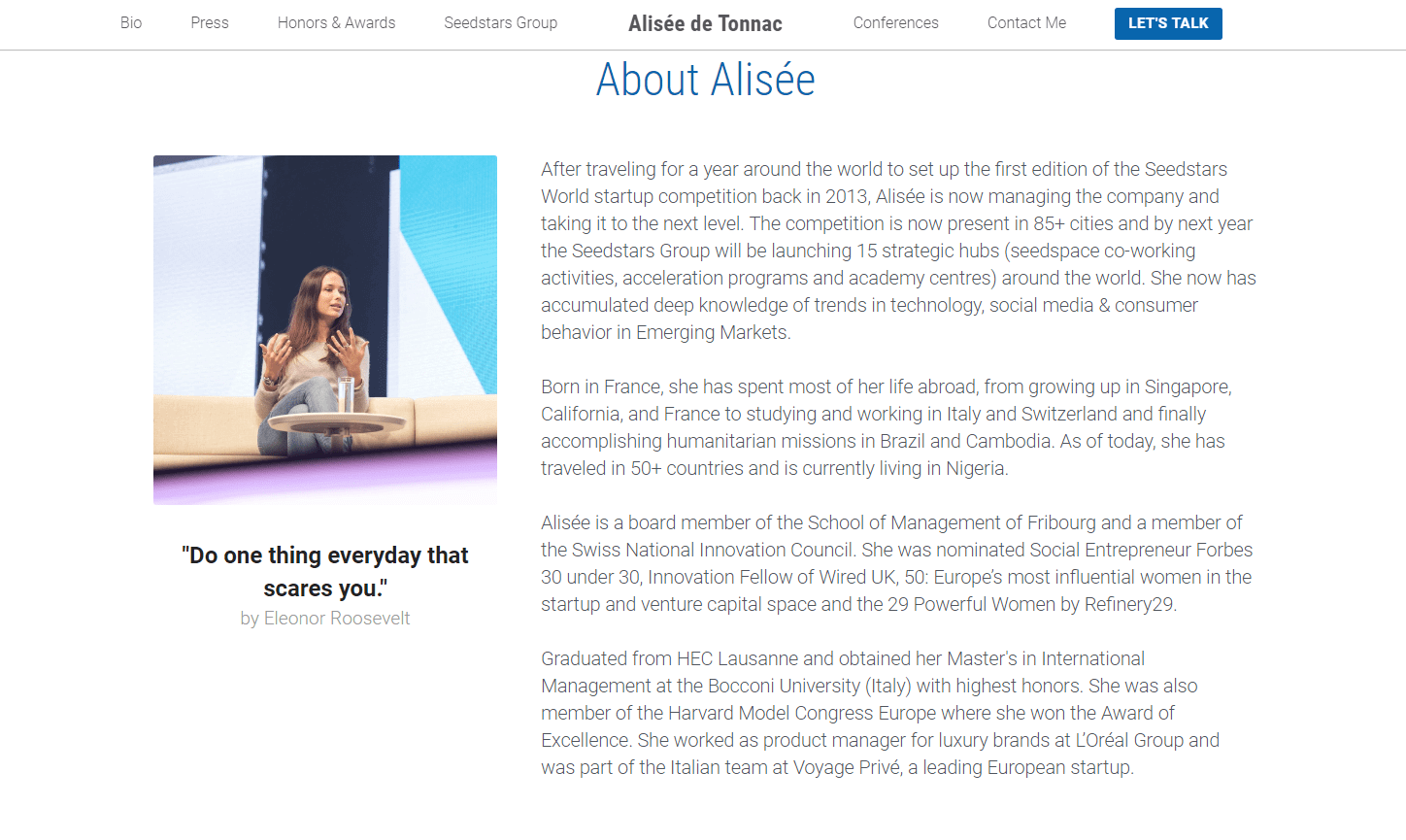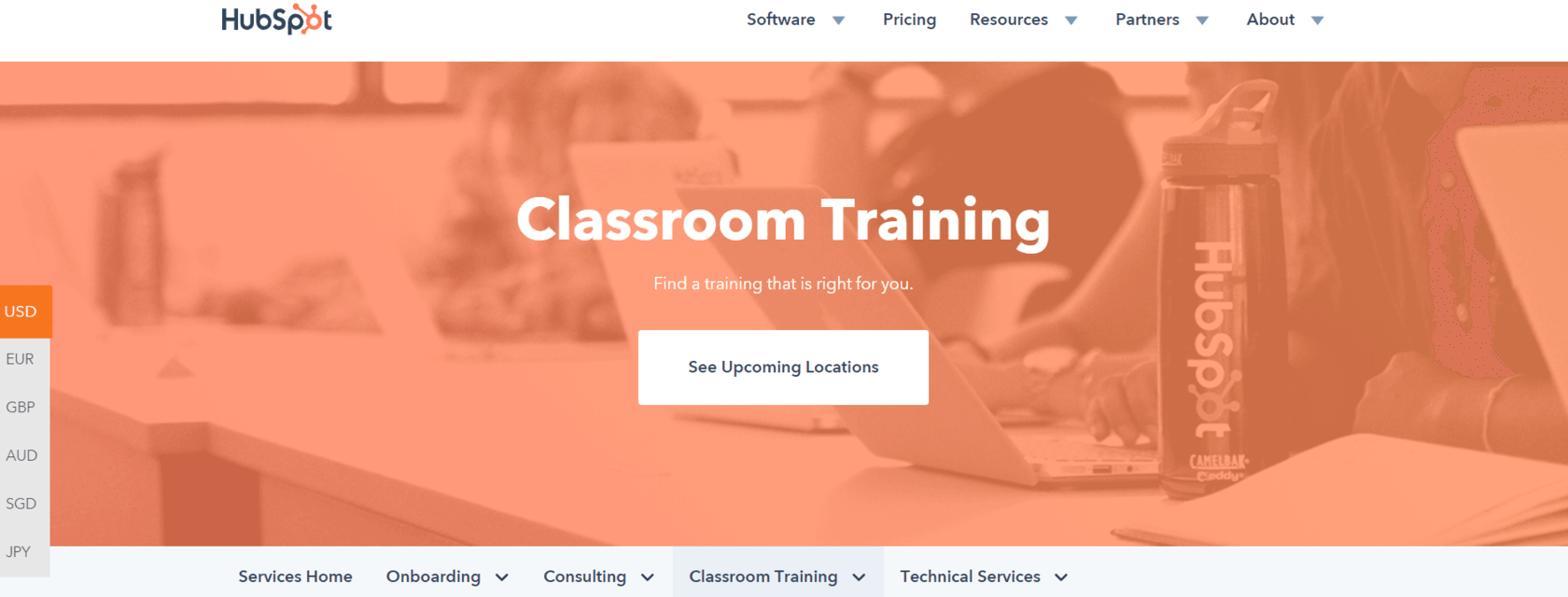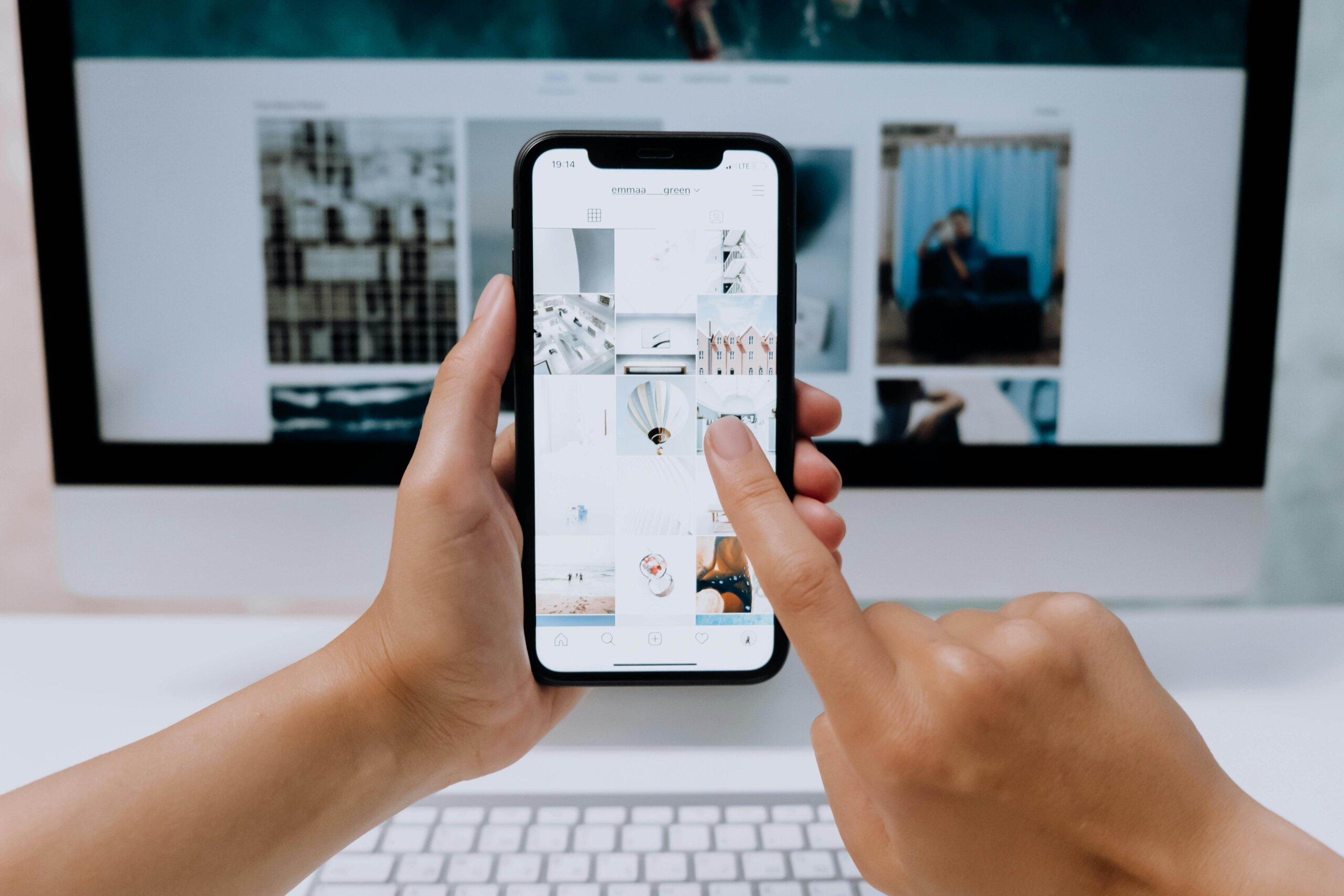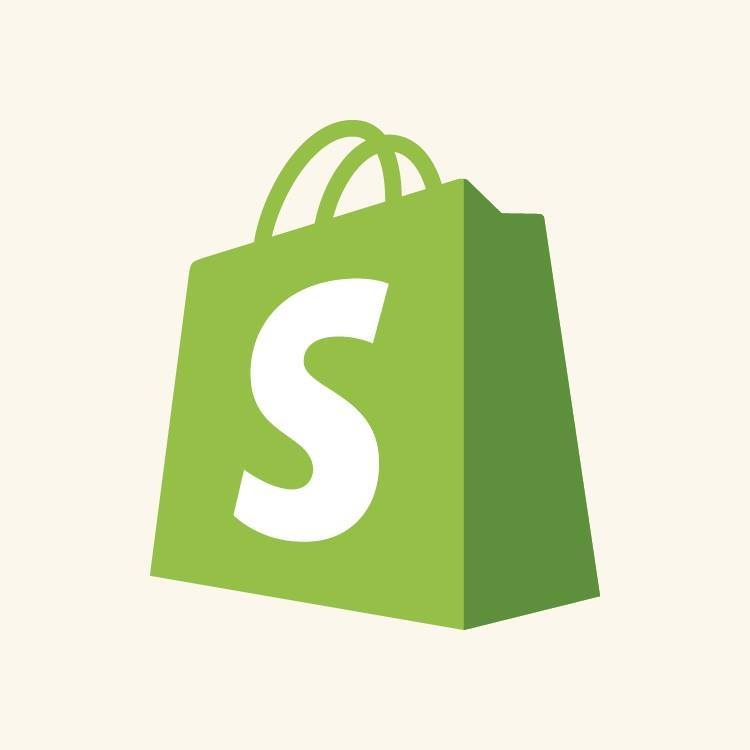These are special corporate items with the company logo that your brand presents to employees or customers to thank them for their loyalty. Although the budget for such a campaign may seem unreasonable and you won’t get direct profit at the moment, in practice, the corporate merchandise will bring you more significant results in the long run. Your customers and employees will recommend your product or services to others, give positive feedback, and become your brand advocates.
Banded items are truly memorable. The Promotional Products Association International concluded that 88% of people claim that they remember the advertisers better if they received a promotional product from them. In addition, 70% of brands and businesses think that promotional items are still relevant, effective and a sure way to reach marketing goals.
You can produce branded notebooks, backpacks, sweatshirts, vinyl stickers on laptops, phone cases, pens, custom T-shirts, socks and any other items and use them as a part of your promotional campaign.
Why promotional products are crucial for the business:
- 70% of brands are convinced that advertising products are effective in achieving marketing goals (Promotional Products Association International).
- 83% of respondents said that they are highly likely to cooperate with the company that gifted them with corporate merchandise (Promotional Products Association International).
- 79% of survey participants are likely to cooperate with the company again (British Promotional Merchandise Association).
- 87% of respondents said that they kept promotional items for more than a year (British Promotional Merchandise Association).
Branded merchandise will help you increase company recognition among the new audience and enhance the loyalty of consumers who are already familiar with your brand.
I really like the branded gadgets that Blue Bottle manufactured for their client base.





